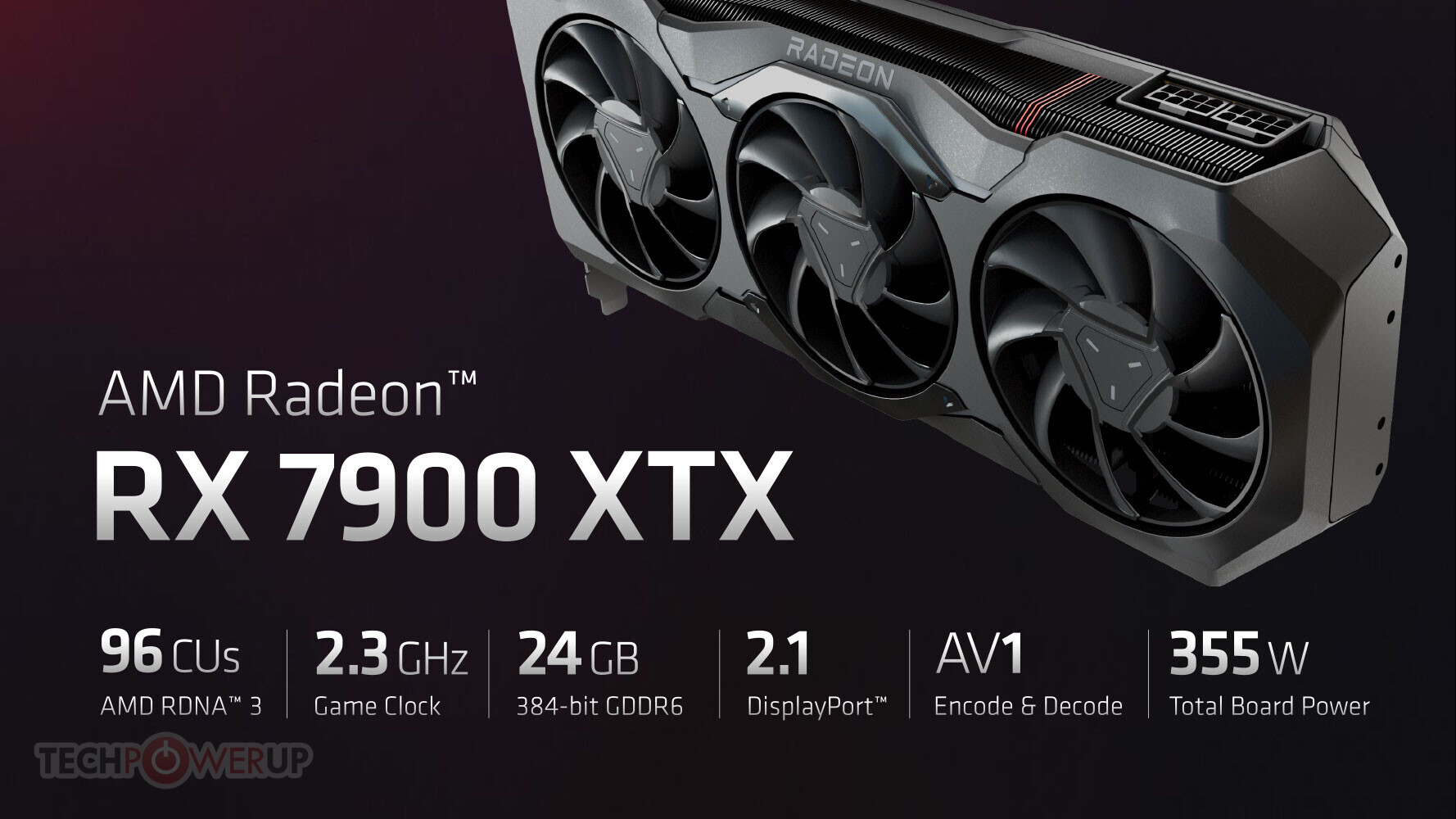So, did some napkin math (or rather napkin thoughts) with the following prerequisites (no matter how true or not):
- Frank Azor (i think in a full-nerd-video?) saying, 4080's the competition for XTX
- XTX is the full blown chip, no hidden units
- clocks as is
- 300+6x37 = 522 mm² of N5/N6
- MCD packaging
- 384 Bit/20 Gbps 24 GByte G6
- 355 watts TBP
vs.
- AD103
- 378 mm² N4
- regular packaging
- 256 Bit 16 GByte G6X (no more reserves wrt to clocks)
- 320 watts TDP
- 5% reserve in SMs
- 10% reserve in TDP (for matching 355)
- reserves in TDP and SMs good for another combined 7.5% real world perf (each half of their numerical theoretical value)
- 4080 "ti": 4080*1,07
Could be a pretty close match overall, raster probably with an advantage for RX, RT for RTX (with likely a higher margin than raster for RX). DLSS2/3 better than FSR2/3, DP2.1 better than DP1.4a/DSC.
Great unknowns: Real world clocks under gaming load (4090 exceeds rated clocks by quite a margin, older RX6K did as well wrt gaming clock) and effectiveness of VLIW2 or rather shader compiler at this early stage.
Now I wonder, if AMDs BOM is significantly lower than Nvidias, making the move to chiplets right now not only an investment into the future, but a financial advantage as well. MSPRs notwithstanding, we know how much Nvidia loves and needs margins and how AMDs wants and needs to expand market share.



